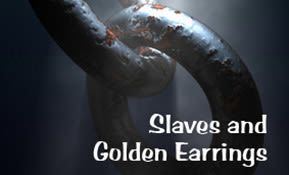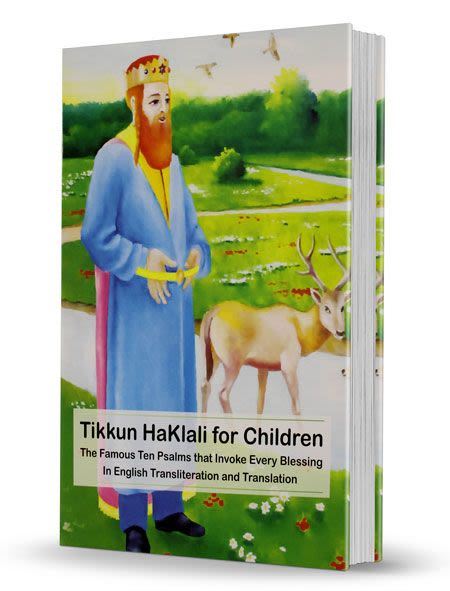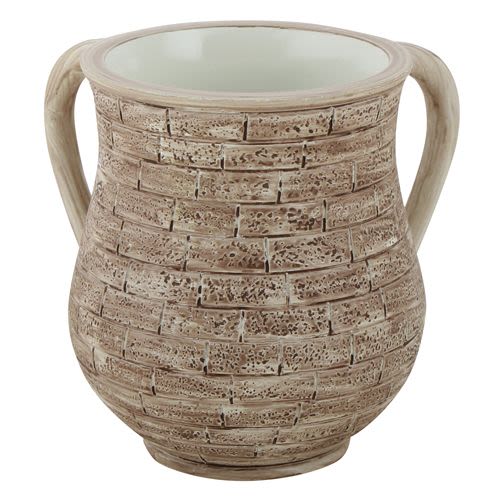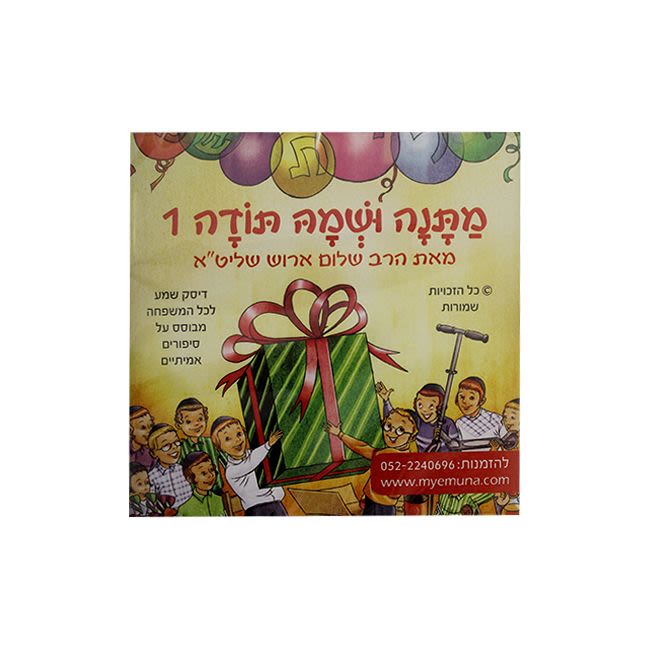
Vayakhel: To Give or Not
The greatness of the women who refused to participate in making the Golden Calf is proven by their eagerness to give their gold to the building of the mishkan.

Parshat Vayakhel
FOR THE MISHKAN, THE WOMEN GAVE FIRST
“They came, both men and women, as many as were willing hearted, and brought clasps, and pendants, rings and golden beads, all vessels of gold” (Shemot 35:22). The expression translated in our verse as “both men and women” reads in the Hebrew: “ha’anashim al hanashim” which literally means “the men on the women.” Rashi, Ramban and Rabbeinu Bachaya explain that the women took off their jewelry and brought it at once. They preceded the men in bringing  clasps, pendants, rings, golden beads and different vessels of gold. When the men arrived they found that the women had already brought their contribution. This is a great tribute to the women, who had previously refused to give anything to the Golden Calf. The above explanation would also hold true had the verse read “ha’anashim acharei hanashim” – “The men after the women.” Perhaps the word “al” which literally means “on” alludes to the fact that in preparing for the mishkan, the men relied on the women. It was the merit of the righteous women that enabled the building of the mishkan. G-d rewarded the women both in this world and in the Coming World for refusing to give to their jewelry to the Golden Calf, yet giving generously to the mishkan, which was erected on Rosh Chodesh. They received the privilege to keep Rosh Chodesh more than the men in this world, and they will be rewarded in the Coming World to be renewed like the moon (Pirkei D’Rabbi Eliezer). May the renewal of the wisdom of women bring about the building of the Temple in our time!
clasps, pendants, rings, golden beads and different vessels of gold. When the men arrived they found that the women had already brought their contribution. This is a great tribute to the women, who had previously refused to give anything to the Golden Calf. The above explanation would also hold true had the verse read “ha’anashim acharei hanashim” – “The men after the women.” Perhaps the word “al” which literally means “on” alludes to the fact that in preparing for the mishkan, the men relied on the women. It was the merit of the righteous women that enabled the building of the mishkan. G-d rewarded the women both in this world and in the Coming World for refusing to give to their jewelry to the Golden Calf, yet giving generously to the mishkan, which was erected on Rosh Chodesh. They received the privilege to keep Rosh Chodesh more than the men in this world, and they will be rewarded in the Coming World to be renewed like the moon (Pirkei D’Rabbi Eliezer). May the renewal of the wisdom of women bring about the building of the Temple in our time!
 clasps, pendants, rings, golden beads and different vessels of gold. When the men arrived they found that the women had already brought their contribution. This is a great tribute to the women, who had previously refused to give anything to the Golden Calf. The above explanation would also hold true had the verse read “ha’anashim acharei hanashim” – “The men after the women.” Perhaps the word “al” which literally means “on” alludes to the fact that in preparing for the mishkan, the men relied on the women. It was the merit of the righteous women that enabled the building of the mishkan. G-d rewarded the women both in this world and in the Coming World for refusing to give to their jewelry to the Golden Calf, yet giving generously to the mishkan, which was erected on Rosh Chodesh. They received the privilege to keep Rosh Chodesh more than the men in this world, and they will be rewarded in the Coming World to be renewed like the moon (Pirkei D’Rabbi Eliezer). May the renewal of the wisdom of women bring about the building of the Temple in our time!
clasps, pendants, rings, golden beads and different vessels of gold. When the men arrived they found that the women had already brought their contribution. This is a great tribute to the women, who had previously refused to give anything to the Golden Calf. The above explanation would also hold true had the verse read “ha’anashim acharei hanashim” – “The men after the women.” Perhaps the word “al” which literally means “on” alludes to the fact that in preparing for the mishkan, the men relied on the women. It was the merit of the righteous women that enabled the building of the mishkan. G-d rewarded the women both in this world and in the Coming World for refusing to give to their jewelry to the Golden Calf, yet giving generously to the mishkan, which was erected on Rosh Chodesh. They received the privilege to keep Rosh Chodesh more than the men in this world, and they will be rewarded in the Coming World to be renewed like the moon (Pirkei D’Rabbi Eliezer). May the renewal of the wisdom of women bring about the building of the Temple in our time! TO GIVE OR NOT TO GIVE
The greatness of the women who refused to participate in making the Golden Calf is proven by their eagerness to give their gold to the building of the mishkan. Had their generous spirit not prompted them to jump at the opportunity to donate their jewelry for a good cause, one could have suspected that they withheld their jewelry from the Golden Calf because they were stingy, and wanted to keep their gold for themselves. The women at Sinai teach us the importance of knowing when to give and when not to give. Certain people give indiscriminately without knowing whether their gift can be misused or even used against them. Others frantically hold on to their possessions, not realizing that what we give comes back to us, and neither silver nor gold can be taken to the grave. It is a challenge to develop the right balance in giving. We need to use our feminine intuition to discern when and how to give in a way that truly benefits the recipient.
THROUGH THE WORK OF THEIR HANDS
“All the women that were wise hearted did spin with their hands, and brought what they had spun, both of sky-blue and purple, and scarlet and fine linen. And all the women whose heart prompted them in wisdom spun goats' hair” (Shemot 35:25-26). Why does it state “spin with their hands?” Is it possible to spin without the hands? There are certain women who are able to teach others to spin while lacking skills in the use of their own hands. Therefore, it states “with their hands,” to show that they were not only wise, but knew how to use their hands as well. They did not hire workers to do the spinning for them, but put their own effort into the spinning, out of love for the mitzvah. This is contrasted to the men who only brought readymade materials as it states: “Every man, with whom was found sky-blue, and purple, and scarlet and fine linen etc” (Shemot 35:23). Therefore, the Torah emphasizes that the women were different. Each woman spun the material with her own hands, according to the wisdom of her heart.
In our modern society, where everything can be bought readymade, we often lose contact with the satisfaction of expressing our creativity through the loving gifts of handicraft. How much love and devotion goes into the hand knitted sweater that grandma is dedicating for her new grandchild! The image of her loved one is on her mind with each purl and knit. How sweet is the scent of homemade challah emerging from our kitchens on the eve of Shabbath, as well as the sight of matching Shabbath dresses sewn lovingly by the mother. When my son voiced his well meaning praise of my homemade ice-cream, “It is almost as good as store bought,” I knew something had gone wrong in our consumer society. The puffed up attractiveness of uniform machine made goodies that fill the shelves of our supermarkets have made us forget to value the importance of the individual talent and creativity of womanhood. While reading this, you might object that you just don't know how to weave, spin, or bake so you have no choice but to buy things readymade. Yet, the women in the wilderness teach us not to despair. Where there is a will there is a way. This is alluded to by the grammatical difficulty in our verse: “Every woman that was wise hearted did spin with their hands.” The tense of the verb does not fit the subject. Whereas, the subject is written in singular: “kol isha” (every woman), the verb is written in plural: “tavu” (they spun). The Shach explains that as soon as the women would take the sky-blue wool to spin, Divine assistance caused it to be spun by itself. Therefore, the word for spin (tavu) is written in the plural, since Hashem would spin together with them. Likewise, the women of today should not despair of ever being able to express their individual creativity. When excitement and artistic devotion spurs us on to either paint, sew, knit, bake, weave or spin, then G-d will surely assist our loving endeavor.
FROM OFF THE BACKS OF THE GOATS
“All the women that were wise hearted… And all the women whose heart prompted them in wisdom…” Why is Why does Scripture repeat the word “wisdom” used in connection with the women who spun the goats’ hair? This indicates that spinning the goats' hair required additional wisdom apart from spinning of sky-blue, purple and scarlet threads. Because our verse reads: “tavu et haizim,” literally, “spun the goats,” Rashi explains that the women had the extraordinary skill of spinning directly from off the backs of the goats. The reason behind this unusual skill was the desire of the women to participate in the work of the mishkan. However, since some of them were niddah (ritually impure), and therefore unable to engage in the general work of the mishkan, they would spin from off the back of the goats, because the animals do not receive tuma (ritual impurity). While the rest of the women were busy preparing the materials needed for the magnificent curtains of the mishkan, certain wise women chose to be involved with the curtains of goats' hair. Although, the latter occupation was less glorious, it was more vital to the protection of the mishkan, because it constituted the main part of the tent as taught by Rabbi S. R. Hirsch. Moreover, the essence of womanhood is manifest in the concept of the tent. By choosing the vital over the attractive, and identifying with the main part of the tent, these women expressed the wisdom and power of womanhood.
***
Rebbetzin Chana Bracha Siegelbaum is Director of Midreshet B’erot Bat Ayin in Gush Etzion. This article is an excerpt from her book Women at the Crossroads: A Woman’s Perspective on the Weekly Torah Portion, reviewed by The Jerusalem Post, The Jewish Press, Voices Magazine, Good Reads, and WordPress/JewishPress and more. To order this book, click here.












Tell us what you think!
Thank you for your comment!
It will be published after approval by the Editor.